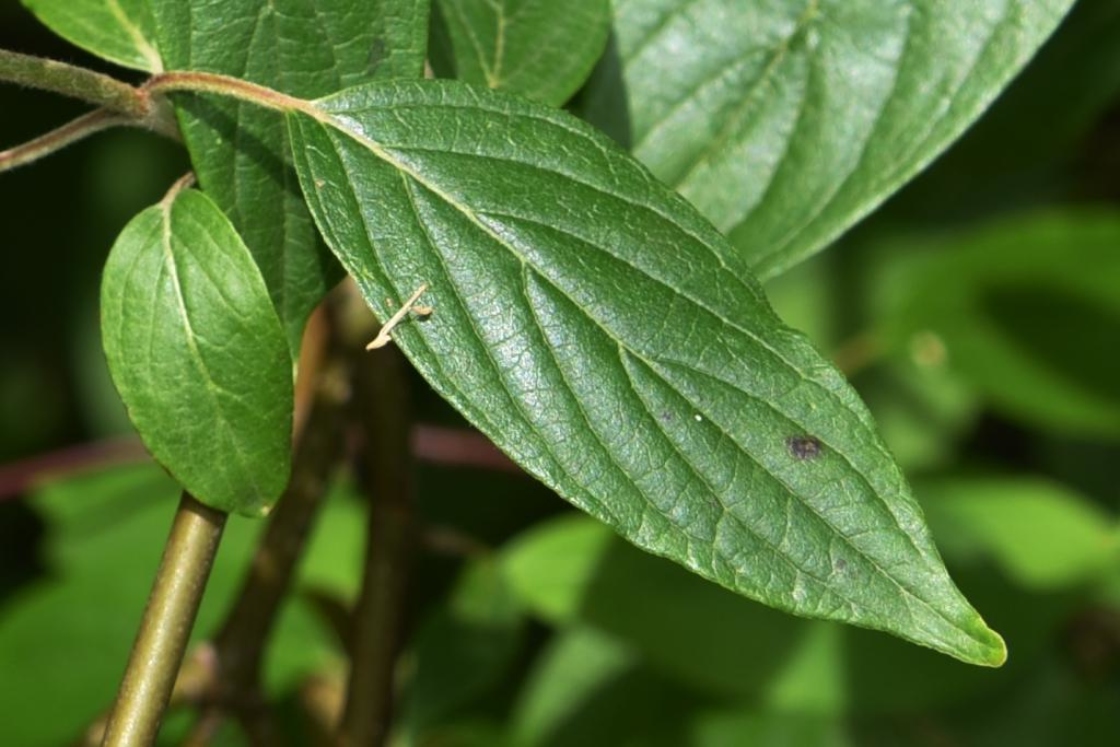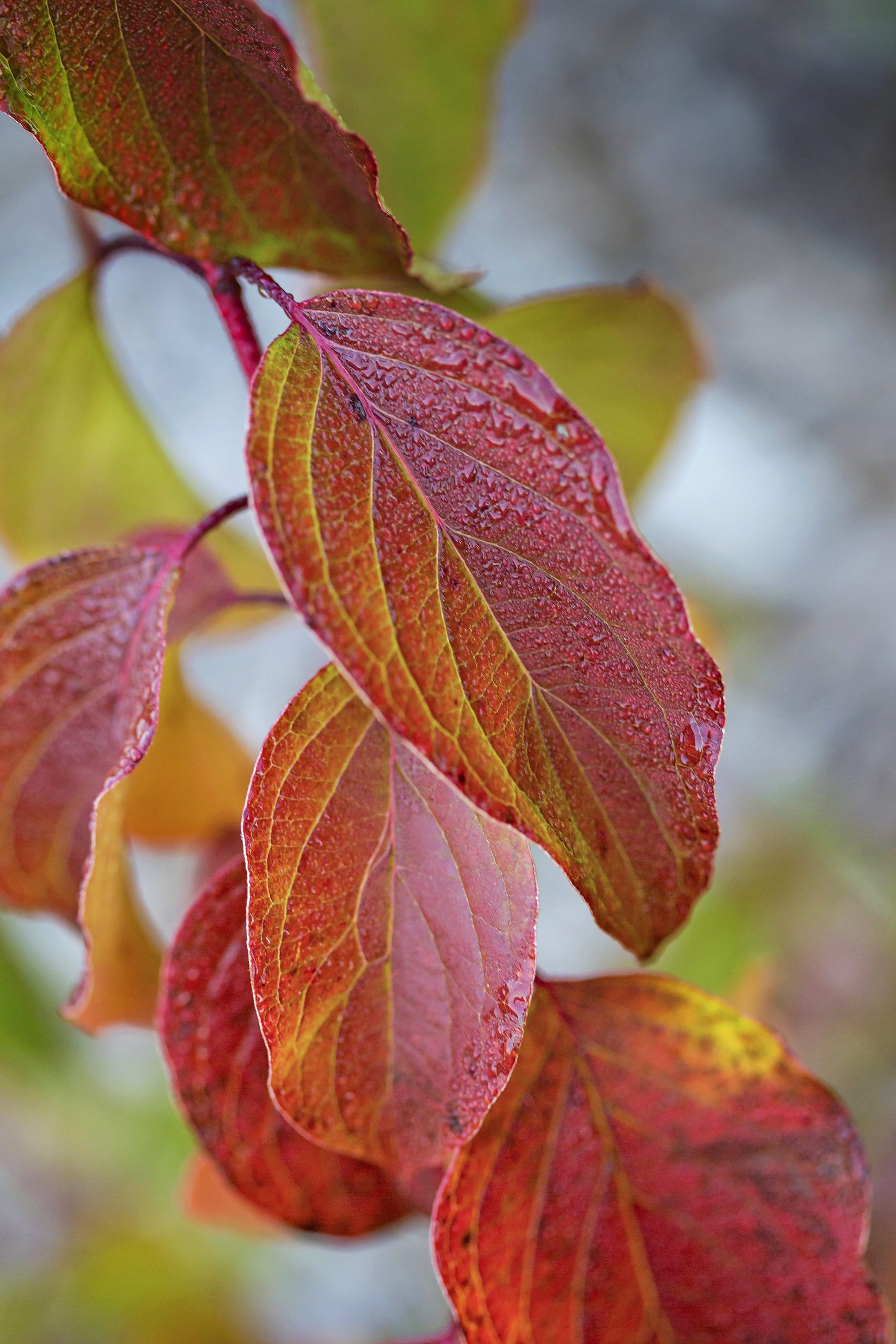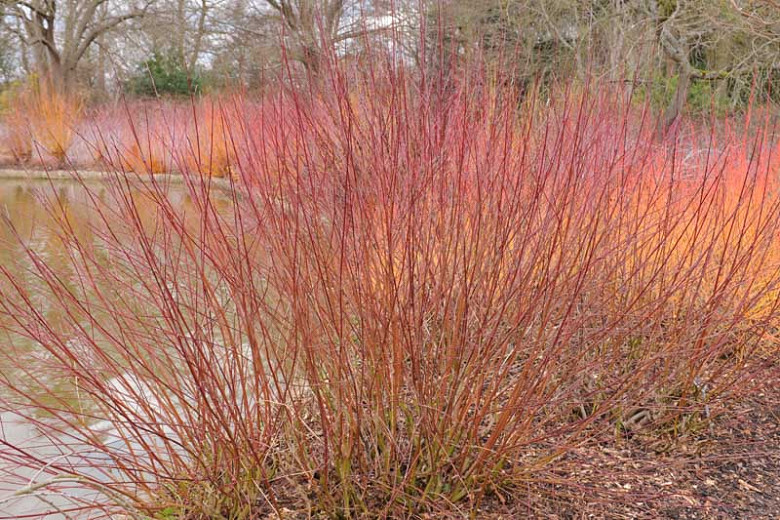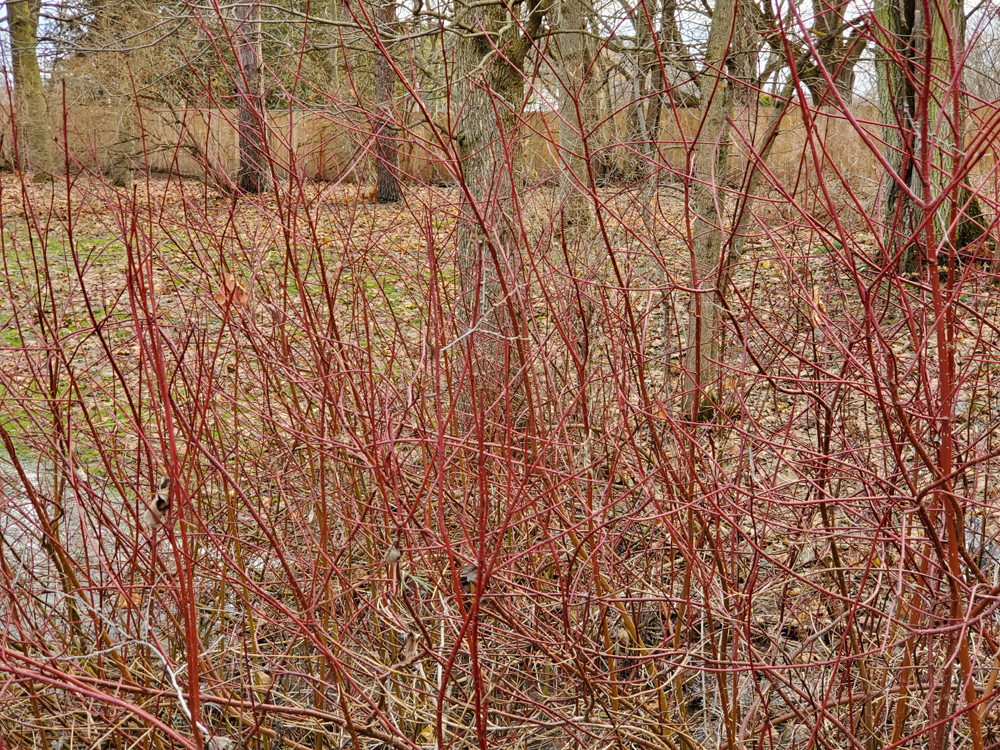Silky Dogwood: The Lowmaintenance Shrub That's Perfect For Any Landscape
Silky dogwood (Cornus amomum) is a native shrub that is perfect for any landscape. It is hardy in USDA zones 3-9, and it can tolerate a wide range of soil conditions, from moist to dry. Silky dogwood is also relatively low-maintenance, requiring only occasional pruning and watering.
One of the best things about silky dogwood is its beautiful blooms. In the spring, the shrub produces clusters of small, white flowers that are surrounded by four showy bracts. The bracts are often mistaken for petals, but they are actually modified leaves. The flowers are followed by small, blue-black berries that are a favorite food of birds.
Silky dogwood is also a great choice for fall color. The leaves of the shrub turn a beautiful shade of red or orange in the fall, providing a splash of color to the landscape.
If you are looking for a low-maintenance, beautiful shrub that is perfect for any landscape, then silky dogwood is the perfect choice for you.
Introduction
Silky dogwood is a native shrub that is known for its beautiful blooms, fall color, and low-maintenance requirements. It is hardy in USDA zones 3-9 and can tolerate a wide range of soil conditions. Silky dogwood is a great choice for adding color and interest to any landscape.
Main Content
Planting and Care
Silky dogwood is easy to plant and care for. It prefers moist, well-drained soil, but it can also tolerate dry conditions. The shrub should be planted in full sun to partial shade. Silky dogwood does not require regular fertilization, but it may benefit from a light application of compost in the spring. The shrub should be watered deeply during the first year after planting, but it should be able to tolerate drought once it is established.
Pruning
Silky dogwood does not require regular pruning. However, it may benefit from an occasional light pruning to remove dead or damaged branches. The shrub can also be pruned to shape or control its size.
Attracts Wildlife
Silky dogwood is a great choice for attracting wildlife to your landscape. The shrub's flowers are a favorite food of bees and butterflies, and its berries are a favorite food of birds. Silky dogwood can also provide shelter for small animals.
Diseases and Pests
Silky dogwood is generally resistant to pests and diseases. However, it may be susceptible to powdery mildew and anthracnose. These diseases can be treated with fungicides.
Conclusion
Silky dogwood is a beautiful, low-maintenance shrub that is perfect for any landscape. It is hardy, easy to care for, and attracts wildlife. If you are looking for a shrub that will add color and interest to your yard, then silky dogwood is the perfect choice for you.
For more information about silky dogwood, visit the website address: https://www.thespruce.com/growing-silky-dogwood-5091600.
FAQ of silky dogwood
- What is silky dogwood?
Silky dogwood (Cornus amomum) is a deciduous shrub native to eastern North America. It grows in moist, shady areas, such as stream banks and floodplains. Silky dogwood has white flowers in the spring, followed by blue-black berries in the summer. The leaves are oval-shaped and turn yellow in the fall.
- How to grow silky dogwood?
Silky dogwood is relatively easy to grow. It prefers moist, well-drained soil and full sun to partial shade. Silky dogwood is not tolerant of drought, so it is important to water it regularly, especially during the summer months. Silky dogwood is also susceptible to deer browsing, so it may be necessary to protect it with fencing.
- How to propagate silky dogwood?
Silky dogwood can be propagated by seed, cuttings, or layering. Seed propagation is the slowest method, but it is the most reliable. To propagate silky dogwood from seed, sow the seeds in the fall or cold-stratify them for 12 weeks before sowing in the spring. Cutting propagation is a faster method, but it is not as reliable. To propagate silky dogwood from cuttings, take 4-6 inch cuttings in the spring or summer and root them in a mixture of peat moss and perlite. Layering is the fastest method of propagation, but it requires more time and patience. To propagate silky dogwood by layering, bend a stem down to the ground and bury it in the soil. The stem will eventually root and form a new plant.
- What are the benefits of silky dogwood?
Silky dogwood is a valuable addition to any landscape. It is attractive, deer-resistant, and provides food and shelter for wildlife. Silky dogwood can also be used to help control erosion in moist areas.
- How to care for silky dogwood?
Silky dogwood is a relatively low-maintenance shrub. It does not require regular pruning, but it may be necessary to remove dead or diseased branches. Silky dogwood is also susceptible to powdery mildew, so it is important to water it regularly and avoid over-fertilizing it.
Image of silky dogwood
- Silky dogwood in bloom. This image shows a silky dogwood shrub in full bloom. The white flowers are arranged in clusters, and the leaves are a dark green color.
- Silky dogwood leaves. This image shows the leaves of a silky dogwood shrub. The leaves are oval-shaped and have a serrated edge. The upper surface of the leaf is dark green, and the underside is a lighter green color.

- Silky dogwood bark. This image shows the bark of a silky dogwood shrub. The bark is smooth and grayish-brown in color.

- Silky dogwood in fall. This image shows a silky dogwood shrub in fall. The leaves have turned a bright red color.

- Silky dogwood in winter. This image shows a silky dogwood shrub in winter. The leaves have fallen off, and the branches are bare.

- Silky dogwood in a woodland setting. This image shows a silky dogwood shrub growing in a woodland setting. The shrub is surrounded by other trees and shrubs.
- Silky dogwood next to a stream. This image shows a silky dogwood shrub growing next to a stream. The shrub's roots are in the water, and the leaves are reflecting in the water.
- Silky dogwood in a flower bed. This image shows a silky dogwood shrub growing in a flower bed. The shrub is surrounded by other flowers, such as lilies and tulips.
- Silky dogwood as a hedge. This image shows a silky dogwood shrub used as a hedge. The shrub has been trimmed to form a neat row of bushes.

- Silky dogwood as a specimen plant. This image shows a silky dogwood shrub planted as a specimen plant. The shrub is standing alone in a lawn, and it is the focal point of the garden.
Post a Comment for "Silky Dogwood: The Lowmaintenance Shrub That's Perfect For Any Landscape"